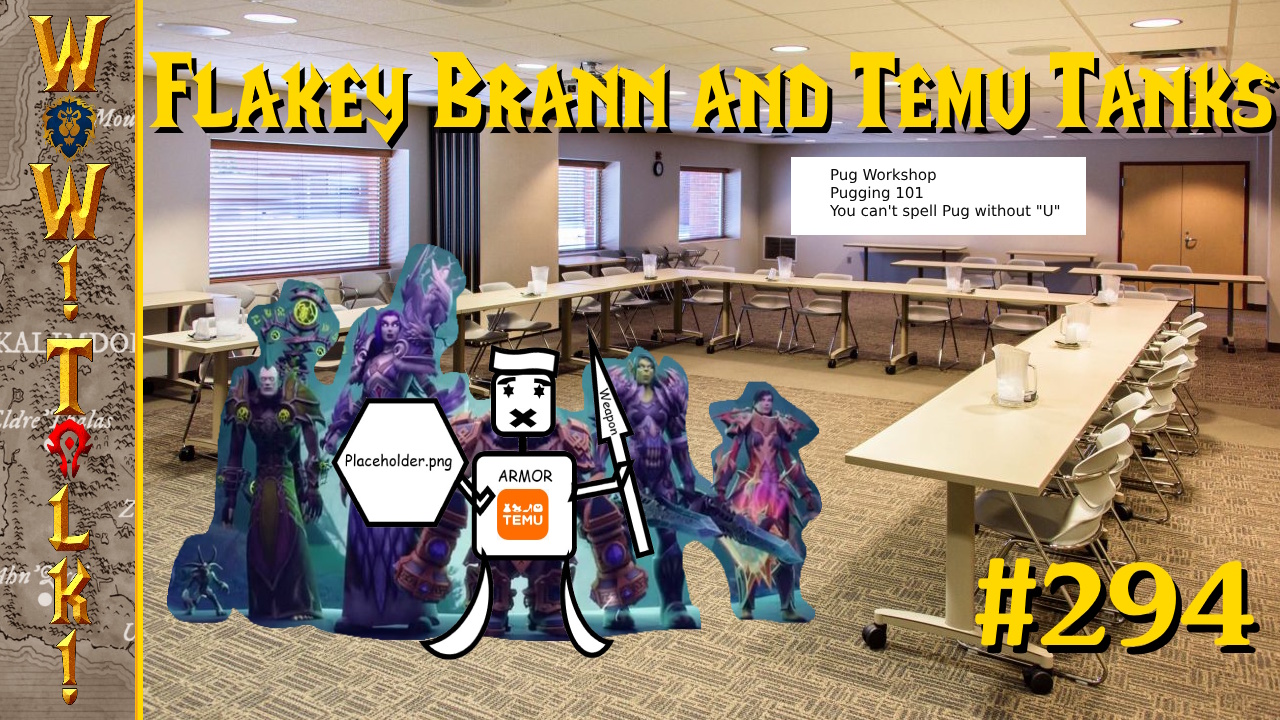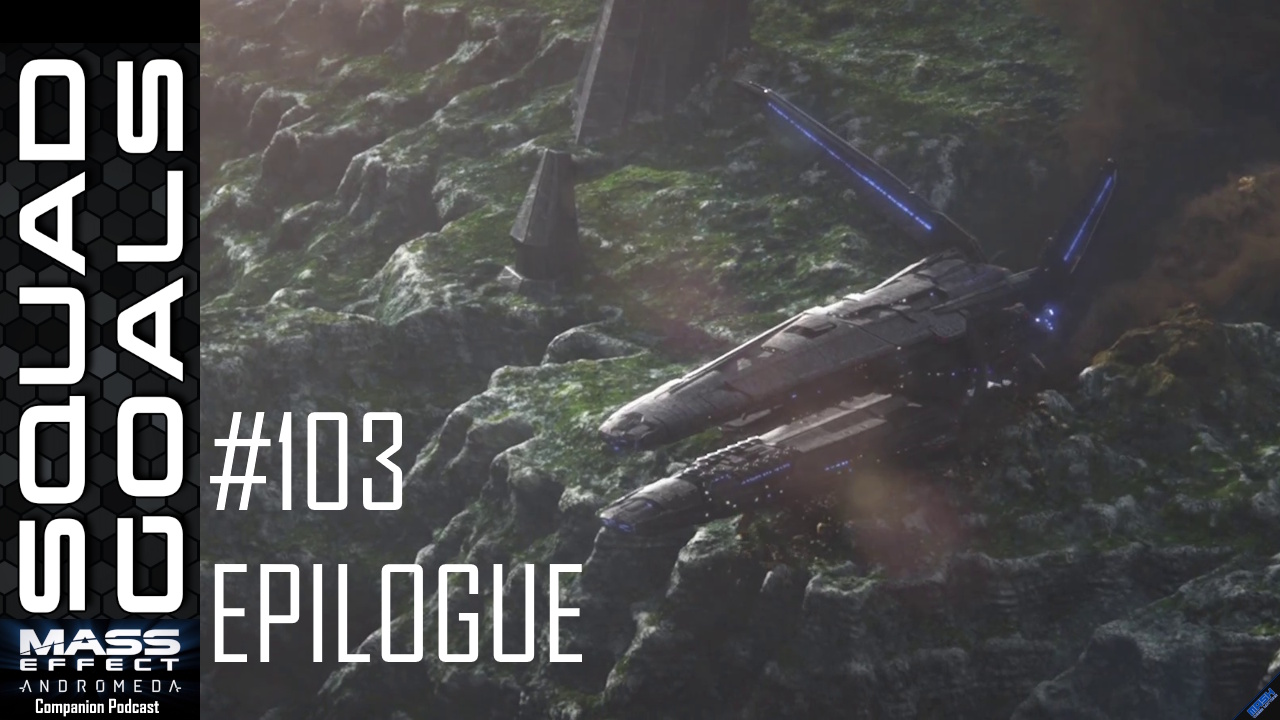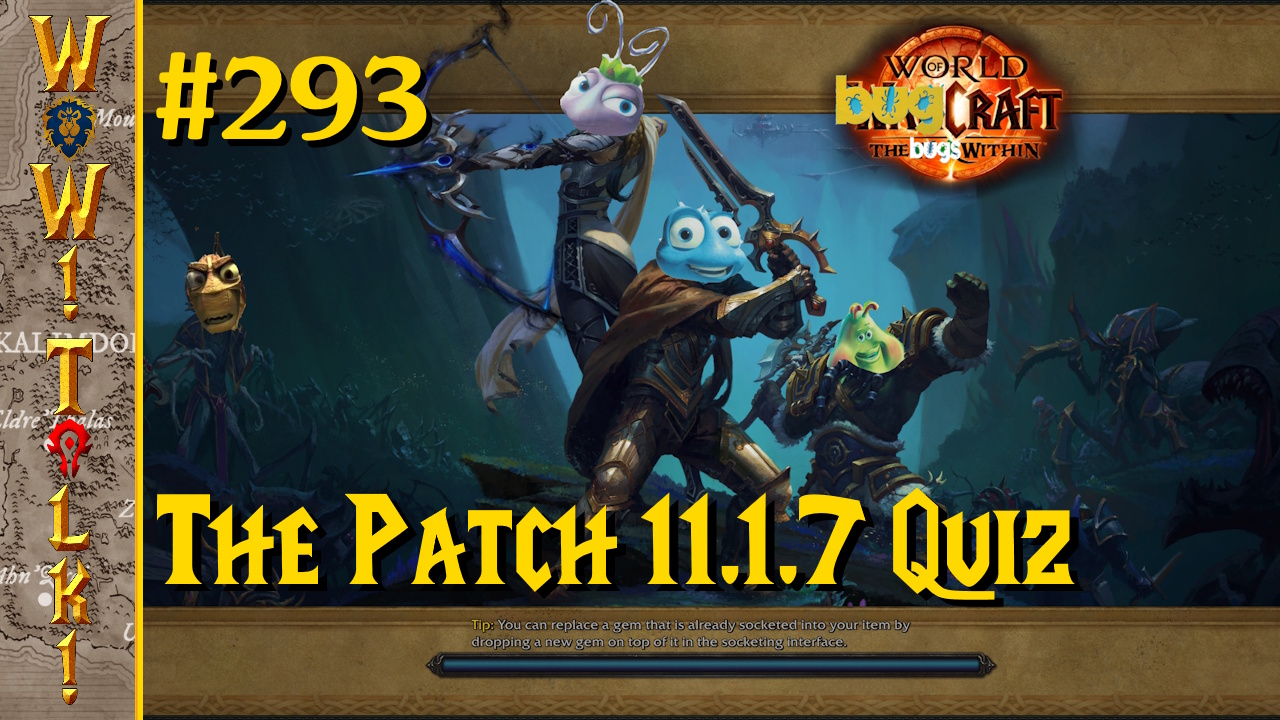
Playing Gemini Wars is a study of scale. The game is an RTS set in space, and while conflicts can rage across entire star systems, battles themselves can be experienced down to the ship-to-ship level. How distantly or how closely you monitor the battles is up to you, but either way your mettle as a Space Fleet Captain will be tested.
Overall, Gemini Wars constitutes a fairly standard entry in the RTS genre. There are three factions to choose from: the USF, the Alliance, and the Gark. The USF and the Alliance are two human contingents at odds with each other, while the Gark are an alien race that seems to combine insectoid and technological features. Unit names and appearances differ, but all three groups have access to similar low-level units and upgrades; at higher levels there is more unit differentiation. For example, the USF gains a Trooper Ship which allows them to dispatch marines to assault and overtake enemy colonies, while the Gark have access to a ship called the Planet Destroyer. Lest you think the name is an exaggeration, the ship’s beam weapon is powerful enough to shatter planets when charged.
Players start out with a construction ship hovering over a bare planet. The construction ship is used to build military bases, research stations, and mining facilities. There are two primary types of galactic bodies: planets and asteroid fields. Military bases and colonies are built on planets, while mining facilities are built on asteroid fields. Mining produces crystals, which are the main resource used for constructing units and structures. The other resource is research points. These are obtained by building Research Facilities adjunct to the Military Bases. Research Facilities output a steady amount of research points and, as these points are accrued, they can be spent on research projects that result in the availability of better units. Some research projects focus on upgrades to the units already available (there are four levels of hull armor to develop), while others grant access to more powerful unit types, such as battleships or carriers. Units also can earn upgrades by gaining experience in combat. Each unit has a level and an experience rating. As the ships defeat other ships or structures in combat, they gain XP and can improve their stats, so a veteran ship will generally be better than a newly minted vessel.

There are three modes of play available in Gemini Wars: campaign, skirmish, and multiplayer. Campaign is the single-player mode that tells the story of the USF-Alliance conflict and the sudden intrustion of the Gark into matters. Skirmish is a customizable one-on-one battle against the computer. Multiplayer allows for players to duel locally or over the internet with a selection of pre-defined maps. Each of these formats should be familiar to RTS veterans.
While the basics for an RTS game are present, Gemini Wars excels at depicting the battles on a galactic scale. For each map, you can zoom out far enough to see all the planets from a distance, and your occupation will only be indicated by a small blue or red cluster on each body. As you zoom in, the tiny icons give way to actual ships and stations. Some structures, such as the LR Pulse Cannon or the aforementioned Planet Destroyer, are larger and can be seen from further out. Other structures, such as base fortifying turrets, are small enough that you need to zoom in fairly tight to see them properly. The fog of war is fairly thick in space. Depending on how strong an opponent’s presence is, you might see some structures from a neighboring location, but their full fortifications will not be visible until you send a ship into their territory as a scout. It’s not uncommon to be traversing a series of asteroid fields, placing mining stations, only to come across another construction ship doing the same. The game then becomes a race to get your military vessels into position.

Ships can travel from a planet or asteroid field to neighboring planets or asteroid fields. As the map is essentially a series of nodes, controlling any chokepoints that may be present can become an essential strategy. Each ship has a hyperdrive which, when fully powered, will allow them to jump rapidly to nearby destinations. After jumping, the hyperdrive needs a few moments to recover before it can be used again. If a ship needs to travel while the hyperdrive is not available, it will still move from planet to planet, but at a much slower pace. Unless a ship is in immediate danger, it is always quicker to wait and jump when the hyperdrive is full (and if the ship is in danger, odds are it will be too slow to run away from the encounter as it is…). The speed of the ships traveling around the map helps demonstrate the scope the galaxy, but from a gameplay perspective, it can be infuriating when a ship is moving at what seems like a negligible speed between two nearby locations.
The third option for travel are Stargates. These are an advanced technology built on wormholes. The wormhole determines where you can travel. These provide great opportunity for being able to spread throughout the galaxy, oftentimes granting the chance to attack from behind enemy lines, or flee an untenable situation. The only risk is that if the stargate on the other side is destroyed by the enemy, you may lose your chance to return.
Graphically, the game portrays space as dark and gritty. The combat scenes reminded me of Mass Effect, when the Normandy is docking someplace like Omega. When zoomed in, the level of detail given to the ships and planets is impressive. Carriers open to dispatch fighters. Laser blasts, torpedoes, and beams are all visible being directed at their targets. Planets even rotate! Each ship and construct has their own icon which represents them when zoomed out further. It might take a while to learn them, but a skilled player would be able to direct combat on a much grander scale from afar by using them. There is a battle view that zooms in on any ongoing battles in cinematic fashion. This is a nice feature to have, but I found I didn’t have many opportunities to enjoy it since I was busy managing any battles I was in. There is one instance where the graphics appear sub-standard, and that is in the campaign mission briefings. Before each mission, a commander explains the scenario and instructs you in your objectives, but it looks like the graphics system used for the human models is a bit older. It appears as though the commander is supposed to be scarred and a little ugly, but his face is not clear. It looks like something from a game ten years ago. There are other human models displayed in some small windows when depicting conversations amongst characters in the ships. The graphics here are fine; due to the small size of the window, any deficiencies are not apparent. The good news is that the mission introduction videos are optional, so the figure can only detract from the game at your allowance.

Amazingly, Gemini Wars also uses sound to convey the scale of space. When zoomed in on battles, they are aurally vivid affairs – with fighters screeching, lasers blasting, and explosions exploding. As you zoom out, the sounds get quieter until you are too far away to hear them. One of my favorite discoveries in the game was zooming in on a fleet of battleships waiting to jump to a nearby asteroid field and attack, only to hear their engines roaring, as though they were spoiling for a fight. There’s also random chatter that can be heard when navigating amongst ships. All of these touches help make the fleet feel alive. Dialogue for the video-chat windows that appear in the campaign is decent. There’s an AI character which has a strange accent. This was disconcerting because I wasn’t expecting the AI to have an accent, but once I became acclimated it was fine. The only time any of the sounds became an issue was the music. The music pieces by themselves are great at conveying a sense of epic urgency during battle, or wonderment while simply exploring and preparing for combat. The problem I had was that the pieces were too short, and so the musical phrases would repeat too often. This was a shame, as the Pirates-of-the-Carribean-esque battle music is the perfect accompaniment for the way the space battles played out.
Control in Gemini Wars is fairly straightforward. You can select and hotkey unit-groups to the number keys for quick-recall. There does not seem to be an option for hotkeying commands, but most ships will attack or move with a right-mouse click, so there’s only a few specific situations where this becomes an issue. You can move the camera freely to keep the best view on your fleet, but you may need to adjust mouse sensitivity to make sure you don’t move too far. The only real trick is knowing where you are placing a unit. Some units, like turrets—and more importantly, shields—float in space, and it can be difficult to tell precisely where in space you are putting the unit. As a result, a shield may not protect all the structures you were hoping it would encapsulate due to misplacement. In general though, the controls work fine.
Overall, Gemini Wars is a decent RTS that shines in how well it presents battle, both up close and far away. While the battles may be more interesting to watch close up, failure to focus on the larger picture will be costly. Gemini Wars dares its players to learn this balance, and it’s a dare worth accepting.




